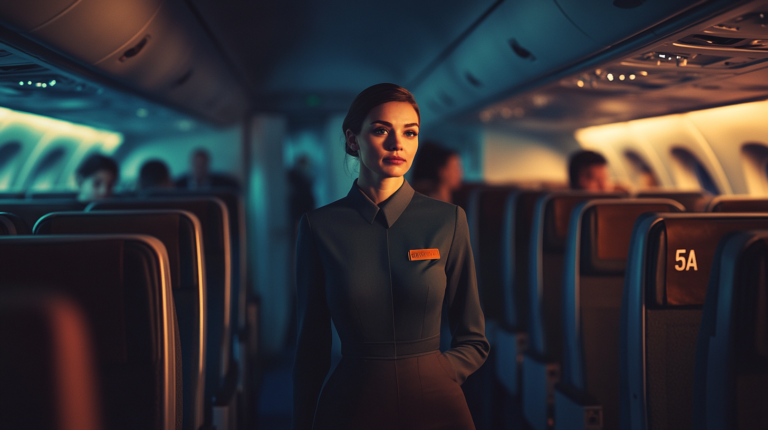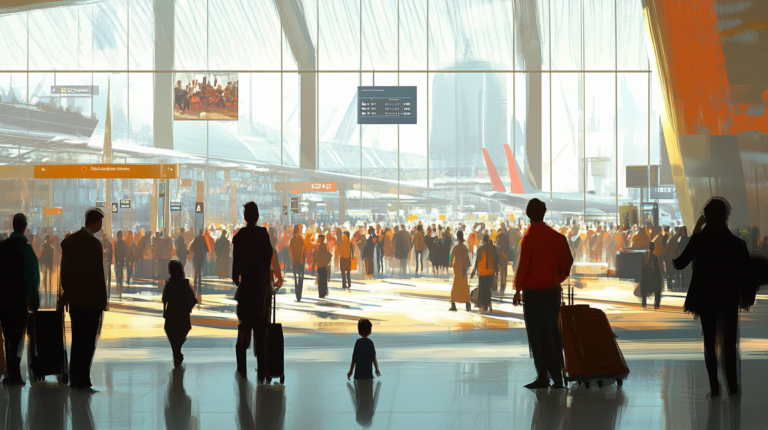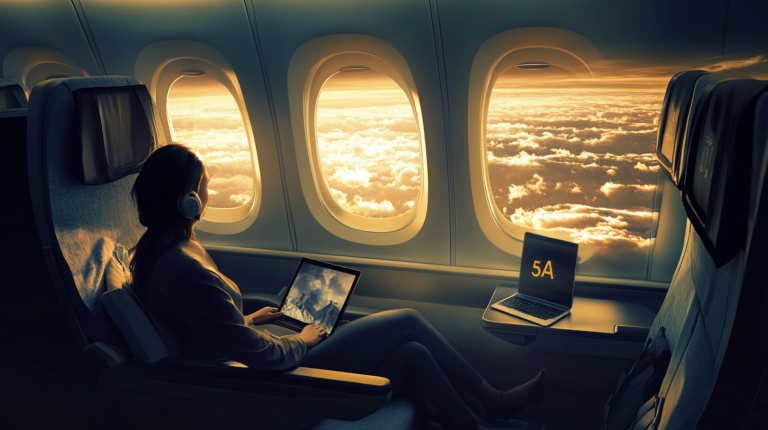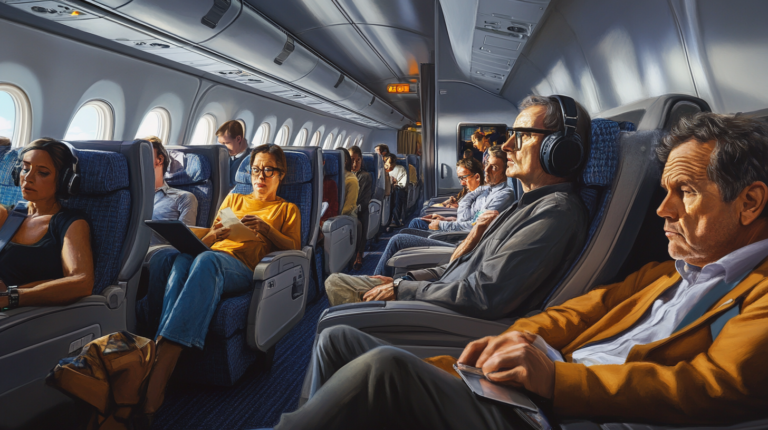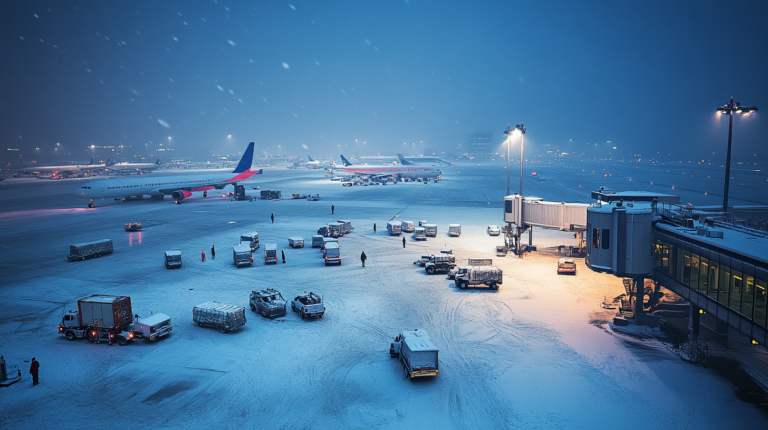Mastering Air Business Travel: The Seat5A Guide
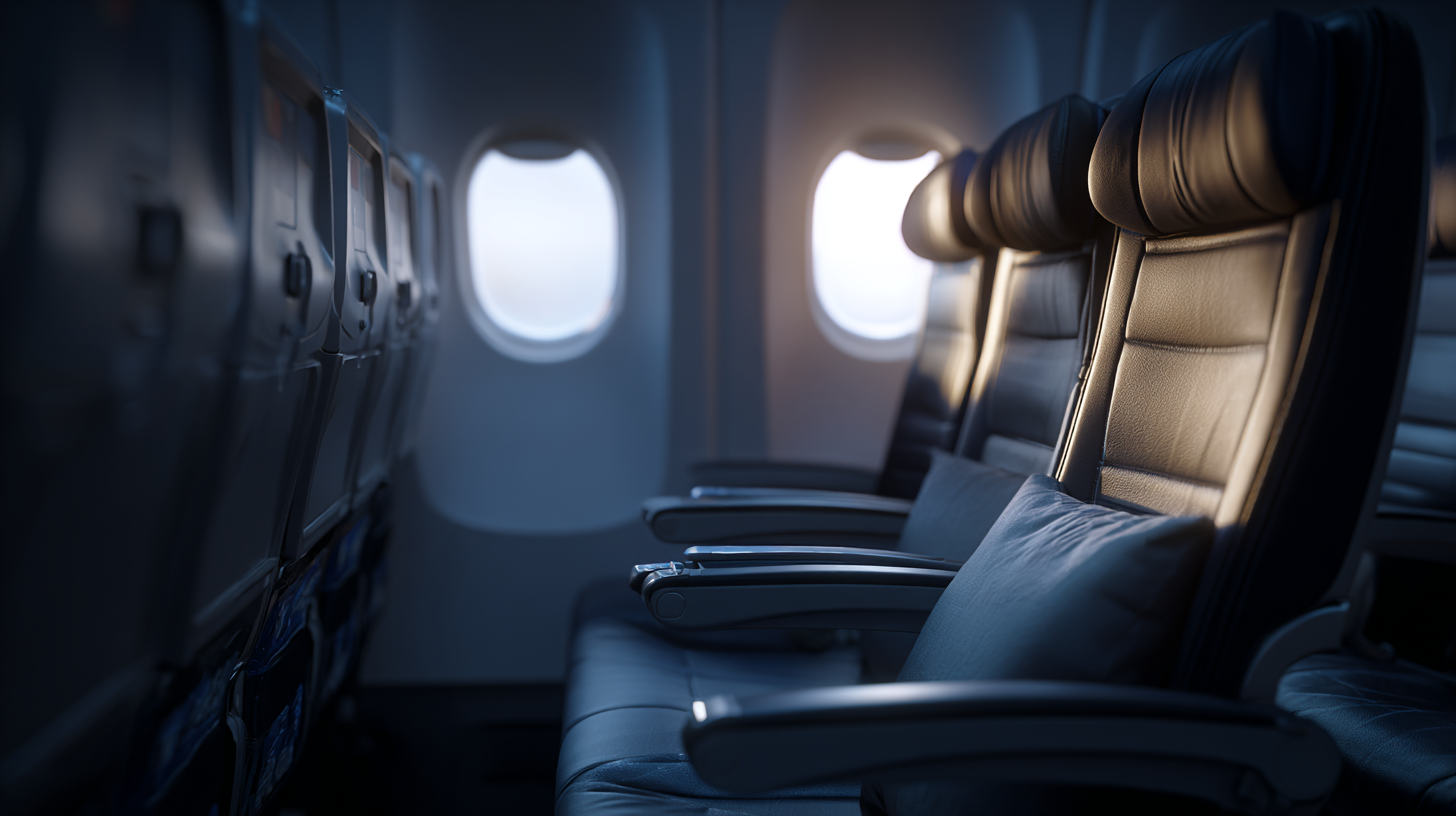
I’ve always believed that business travel is more than just a quick commute between two city codes. Whenever I settle into a window seat, I feel the energy of the open skies urging me to strategize on comfort, productivity, and, of course, making the most of the journey. Over the years, I’ve discovered that business class isn’t just about bigger seats—it’s a whole ecosystem of curated dining, lie-flat beds, and loyalty perks designed for those of us who refuse to compromise, even at 35,000 feet.
Understanding the Evolving Business Class
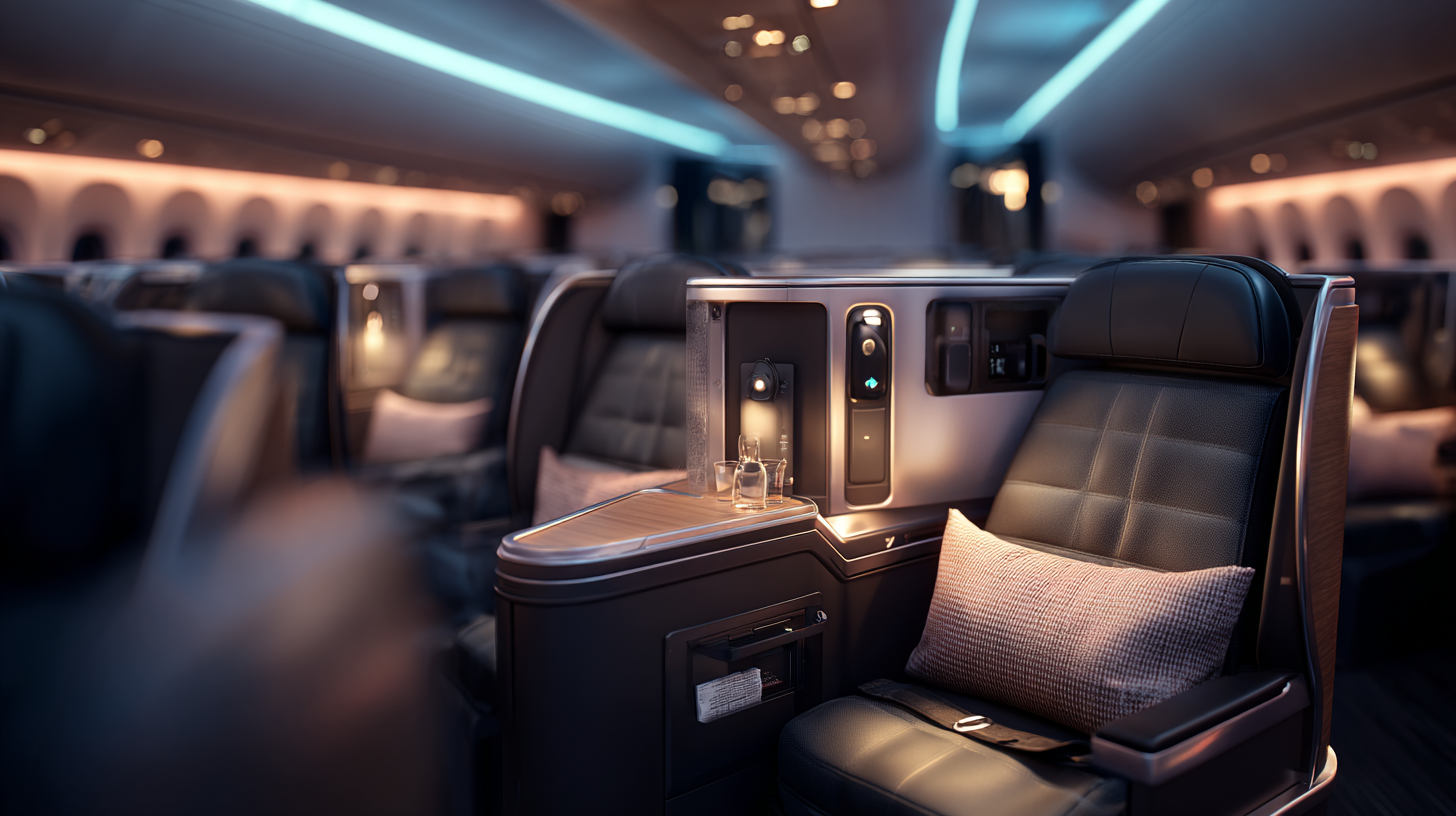
Business class traces its roots back to the late 1970s, when airlines saw an opportunity to cater to full-fare passengers seeking a midpoint between Economy and First Class. These days, however, modern business class can easily rival traditional First Class cabins of yesteryears. In my own experience, I’ve noticed how seats have gone from moderately reclined chairs to near-horizontal suites with direct aisle access. According to industry data from 2023, approximately 62% of long-haul flyers who book premium cabins do so for the improved sleep quality alone.
Beyond seating, today’s travelers prioritize personalized services like on-demand dining, enhanced entertainment, and even pre-flight spa treatments. I once took a flight from Doha to Tokyo where the flight attendants tailored my meal schedule to my body clock, ensuring I arrived well-fed and ready for meetings. It’s that level of customization that makes business class not just a mode of travel, but an integral part of a productive workday.
A few pioneering carriers offer unbundled airfare options, allowing travelers to build their own business class experience. I find this flexibility particularly appealing when I’m not sure if I’ll need lounge access or extra baggage. Just knowing I can pay for what I truly value—like a quiet rest space—takes the guesswork out of the booking process.
Finding the Best Deals

It’s no secret that premium cabins can get pricey, but the good news is that modern travel tools are catching up. I often start with aggregator sites like KAYAK, which, according to recent studies, can shave up to 25% off standard business fares by comparing hundreds of airlines at once. This becomes even more crucial when I need last-minute tickets for a spontaneous work trip.
For more specialized routes, I rely on dedicated agencies like AirbusinessTravel. They’ve been known to secure discounted rates on popular carriers including American, Emirates, and Air France—especially for frequent flyers who log multiple trips each quarter. I’ve also learned the value of staying informed about “mistake fares,” those rare but magical occurrences where an airline accidentally posts a much lower fare than intended. A colleague of mine once snagged a Paris-to-New York round trip in business class for around half the usual cost—simply because he was signed up for email alerts and acted fast.
Redemption strategies are yet another key area in saving big on premium cabins. I’ve found that using credit card rewards and airline loyalty points can drastically reduce out-of-pocket expenses, especially if you time it right. A recent analysis from The Points Guy revealed that some airline miles are now valued at over two cents per mile in premium cabins, making it possible to get a multi-thousand-dollar seat for just a fraction of the cost.
Ranking the Top Brands
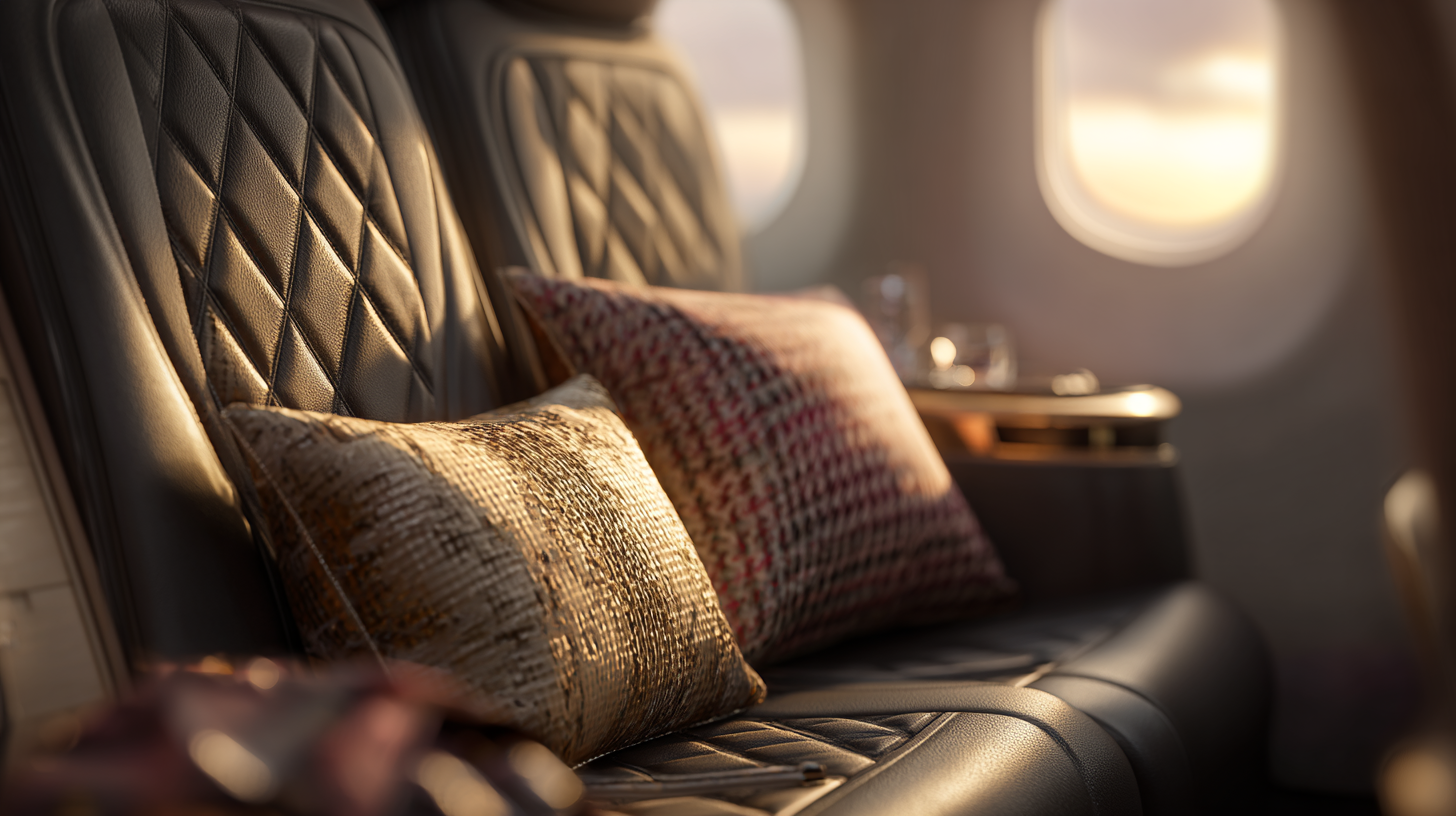
When it comes to comfort and innovation, I turn to airline rankings compiled by reputable sources. The Points Guy, for instance, consistently praises Singapore Airlines for its spacious seats and top-notch service, with a rating of 9.57 out of 10. Qatar Airways isn’t far behind with its much-lauded Qsuites, scoring around 9.29 for privacy and hospitality. The difference often boils down to details like seat width, bedding quality, and cabin ambiance.
Meanwhile, airlines like Virgin Atlantic and Etihad stand out for their stylish lounges and bespoke dining experiences. I vividly recall a flight with Etihad where I was given a personalized menu selection before departure, complete with a recommended “wake-up meal” to ease me into a new time zone. BusinessClass.com also mentions Vietnam Airlines for its recently refreshed fleet and warm onboard welcome—something I’ve found to be a delightful blend of modern and traditional hospitality.
Other names you’ll often hear on the top lists are Japan Airlines, ANA, Cathay Pacific, Turkish Airlines, and Emirates. Each has its own unique seat design, ranging from spacious semi-enclosures to suites with fully closing doors. For me, the ideal seat is one that offers direct aisle access, ample stowage space, and easy-to-use tech features for staying connected mid-flight. It’s about finding that sweet spot between comfort and practicality.
Maximizing Loyalty and Flexibility
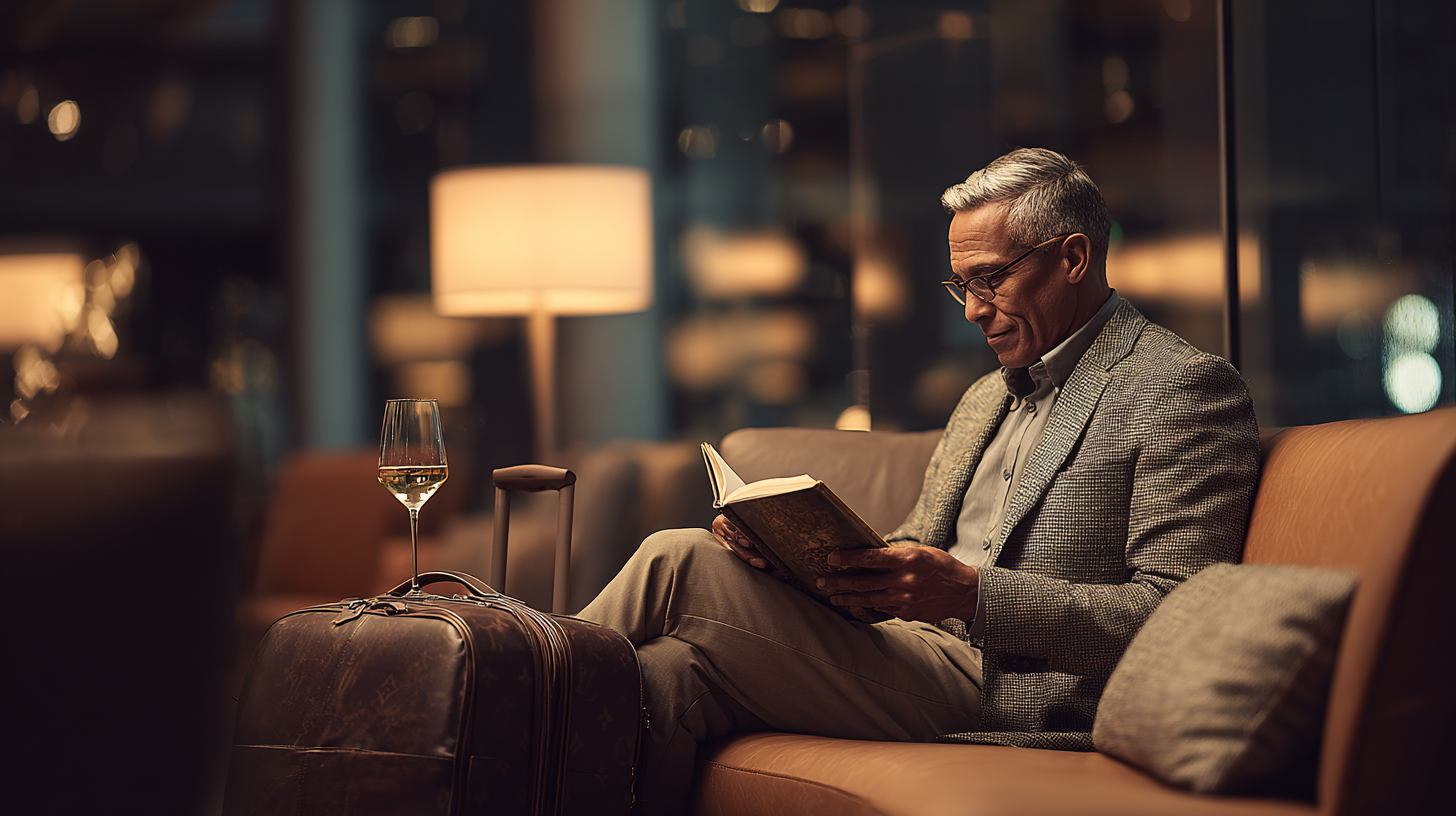
One of the best ways to maintain a balanced budget and schedule is by choosing an airline with a robust loyalty program. I’ve personally benefited from mileage partnerships multiple times—for example, Delta’s collaboration with Starbucks has netted me extra miles simply for the coffee I’d buy anyway before a flight. Southwest, with its famous no-change-fee policy, has been a lifesaver when my plans shift unexpectedly.
United’s MileagePlus program is another contender, offering seamless connections across global partners. This global reach has proven invaluable when I need to jump from a major U.S. hub to remote destinations in Asia or Africa. Booking platforms like Velocity Travel can handle these complex itineraries with ease, automatically managing seat selection and fare distribution for a frictionless experience. In my view, these digital tools represent a new era of travel, where loyalty programs and booking systems work in tandem to deliver the ultimate convenience.
I also appreciate transparency in loyalty terms. If there’s one thing I’ve learned, it’s to read the fine print, especially when it comes to earning points on discount fares. Some carriers award fewer miles for cheaper tickets, so it’s crucial to compare how each program rewards your spending. By doing this, I’ve managed to accumulate tens of thousands of extra miles simply by selecting carriers whose loyalty programs align with my flight patterns.
Eyeing the Future of Corporate Travel

With 2025 underway, business class continues to evolve at a rapid pace. Leading airlines like Singapore, Qatar, and Emirates are pushing boundaries with next-level seat designs and upscale amenities, while established players like American, Delta, British Airways, Lufthansa, and Air France-KLM are expanding their premium offerings to keep up. According to a recent forecast by the Global Business Travel Association, the global corporate travel market is slated to surpass $1.7 trillion by the end of 2026—an impressive rebound that bodes well for the future of premium cabins.
From my vantage point, new technologies are set to transform how we book and experience flights. Digital travel agents equipped with AI-driven insights can now optimize flight schedules based on personal preferences, further streamlining the entire trip. I’ve also seen how augmented reality tools help travelers visualize cabin layouts before booking, ensuring they pick the seat that feels most like home—especially for those long-haul journeys.
Organizations such as Business First Travel in Australia exemplify this progressive mindset. They streamline multiple aspects of the corporate journey, from lounge access to policy compliance, so employees can focus on work without the stress of planning. If business class continues to blur the line between comfort and efficiency, it’s bound to become a common-sense investment for more companies in the years to come.
Final Thoughts

Business travel has come a long way from the era of simple meal trays and recliner seats. Today, it’s an immersive experience that fuses luxury, productivity, and flexibility. With modern booking tools, comprehensive loyalty programs, and airlines vying to outdo each other, there’s never been a better time to explore your premium cabin options.
I’ve found that the key essentials for a beneficial business-class journey revolve around smart planning, strategic fare hunting, and leveraging loyalty programs to their fullest. It’s worth remembering that every route, traveler, and corporate policy can differ—so there’s always a chance to discover a hidden gem.
As we advance into this decade, the line between work and pleasure continues to blur, making it essential to choose flights that cater to both. With so many options out there, it pays to stay informed and proactive in finding the deal or seat that best suits your goals.
Ryder’s Take
When I gaze out of a business-class window, I see endless possibilities—for comfort, efficiency, and a dash of personal indulgence. I’ve learned that if you prioritize the right perks—like lie-flat seats, flexible booking terms, and rewarding loyalty tiers—business travel can feel as rejuvenating as a quick getaway.
Each journey is a chance to refine the art of flying. Whether I’m heading to a global conference or exploring a new hotspot to gather research, I make it a point to balance work with relaxation. After all, the best seat isn’t just about the view; it’s about how it enriches the entire travel experience.
Check out more seat strategies at Seat5A.

